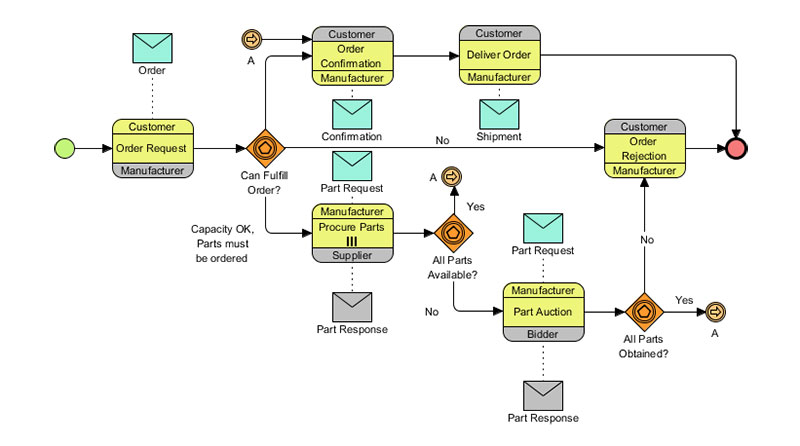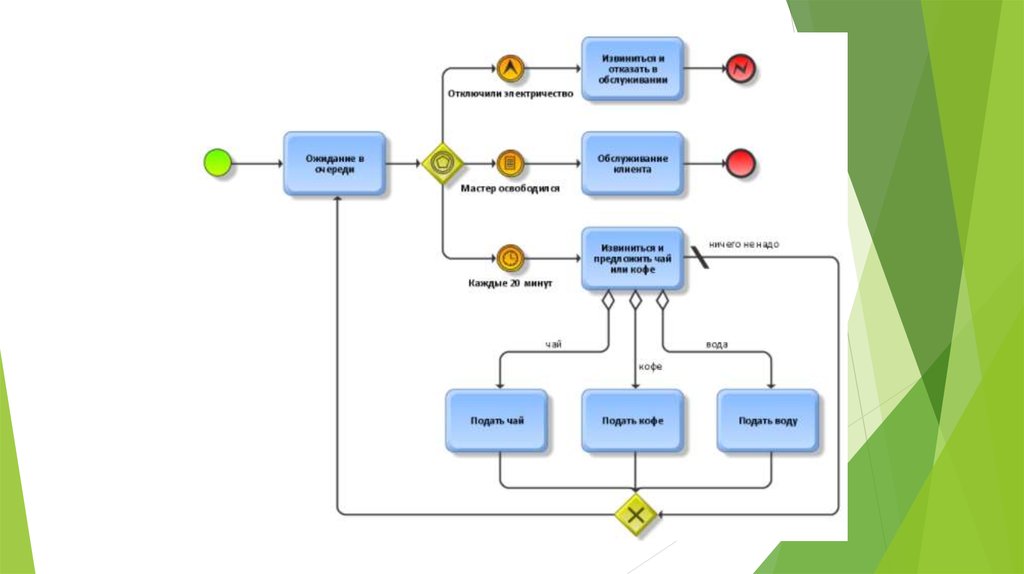

When you look at ERP systems based on a Service Oriented Architecture (SOA), you might imagine a process aligning with a task-driven by a service. To manifest the potential of evolving the business life cycle is to integrate IoT into an existing BPM environment with automated and non-automated processes. On the other hand, IoT brings hundreds of thousands of devices into a spider-like structure that can deploy various aspects of your business processes while reacting rapidly to new changes in your environment. Most ERP systems are designed to depict and execute business processes with human input. Only then can your business processes genuinely represent the data that comes with IoT uniformly and consistently. Nonetheless, you still have to map BPM and IoT directly to create a standardized system for implementation. IoT is the connection, the bridge, if you will. Yet, the digital age demands a frictionless integration of the physical business world with digital process steps and workflows. In many cases, the world of BPM and IoT concepts is still largely disconnected. Why are sensor-aware business processes essential? You can then orchestrate your business processes to serve your organizational objectives.

Thus, your processes may need to integrate with multiple IoT devices depending on the purpose of the activities. If your business processes help your organization achieve its objectives, IoT functionality can bridge the physical with the digital to create sensor-aware business processes. According to the IDC, IoT data is expected to reach 79.4 zettabytes (ZB) by 2025.

Still, IoT devices should integrate in a way that is relevant to how your organization works. In addition, it’s crucial to ensure data privacy, cyber security, and scalability of your sensor-aware business processes.

There aren’t enough hours in the day to process and analyze big data manually. Processing this data requires automation. Further, IoT devices can generate tremendous amounts of data. Advanced sensors also create new business models. Intelligent devices have transformed work and personal life. In 2020, the number of IoT devices spanned 8.74 billion. It makes sense to combine IoT with business process management (BPM), creating sensor-aware business processes. As the IoT paradigm continues to expand, physical devices are integrated with actuators and sensors to connect the digital world.


 0 kommentar(er)
0 kommentar(er)
